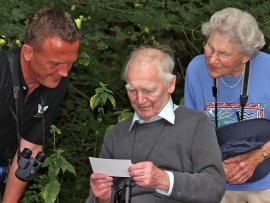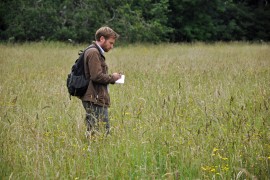News and Features
2018 News
2017 UKBMS Report Published
Monday, 19 November
Since 1976 over 25 million butterflies have been counted on transects organised by the UK Butterfly Monitoring Scheme. Each year they publish a report of the preceding years data.
The full UKBMS report for 2017 has just been published recently.
It shows that 1,723,016 butterflies were recorded in 2696 different locations.
The summary uindicates that:
The year as a whole was rather warmer than average for the UK, the 5th warmest since records began in 1910. It was the equal-warmest spring on record (with 2011), with the highest June temperatures since 1976. Rainfall was around average, though April was notably dry, whilst June to September were all rather wet. It was a slightly sunnier than average year, especially during the spring.
Transect walks were completed on 226 days from 7th March to 27th October including on every day of the formal recording season (April to September). The peak day was the 17th July when 335 walks were made.
2017 was a better year for butterflies than 2016. 38 of the 57 species assessed (two thirds of the total) showed an increase compared to 2016, eighteen showed a decline and one showed no change.
Despite this, 2017 still ranked well below average being the seventh worst in the 42-year series. The observed annual increases were largely expected given that 2016 was one of the worst years on record (4th worst).
2017 started fairly warm, and as a result most species (88%) were out earlier than in 2016 and the series average (1976-2017). However, over the shorter-term, most species appeared later than the recent 10-year average (2007-2016).
Over the summer, sunshine levels were slightly below average and rainfall levels considerably above average which is likely to have had a negative impact on the index figures. The knock-on effects of last season (which was the 4th worst on record) are also likely to have contributed to lower butterfly numbers than would otherwise have been the case.
Mean butterfly abundance on transects peaked in week 13 (end of June), four weeks earlier than the long-term average (end of July).
A PDF copy of the report can be downloaded here (2.6MB).
Jonathan Crawford
Sussex Branch 2018 AGM
Sunday, 18 November
Over a hundred members of the Sussex branch of Butterfly Conservation attended the Annual General Meeting at Cypress Hall, Burgess Hill yesterday.
The event marked the handover of the Chair from Nigel Symington to Jess Price. During Nigel’s tenure individual branch membership has increased in numbers from 1100 to almost 2000. Key events during his leadership included publication of the Atlas, the restoration of our reserves at Park Corner Heath and Rowlands wood and the return of the Small Pearl-bordered Fritillary to Sussex. Nigel has been tireless in his efforts to support the activities of the branch and his energy and enthusiasm will be sorely missed. Fortunately, our loss is Head Offices gain as he assumes the role of national treasurer at Butterfly Conservation.
We also lost Clare Blencowe and Dan Danahar, who are down as committee members after many years of service. Their contributions will be greatly missed.
The first speaker of the day was Paul Waring, author of the “Field Guide to the Moths of Great Britain and Ireland” and many other books. He spoke about his lifelong interest in Moths and made some very interesting points about recording and publishing findings.
Steve Wheatley, Butterfly Conservation Senior Regional Officer for the South East then presented Neil Hulme with a Richard Lewington original drawing of a Drab Looper moth, which was a present from head office to show their appreciation of the work he did leading the Fritillaries for the Future project, which concluded at the end of March 2018.
After tea and a raffle, which between them raised £466.31 Michael Blencowe gave a whistle-stop tour of the amazing butterfly year that was and still is 2018.
A big thank you is due to all those who helped organise the event and all those who attended.
Jonathan Crawford
Elms for Armistice
Monday 12 Novemeber
Taking a side step away from my work on our 'Elms for Adur Hairstreaks' project at Lancing College in West Sussex, I'm delighted to share with you all that on behalf of Sussex Branch, I've been involved in another project, in Seaford, East Sussex, envisaged and lead by the Seaford Tree Wardens, titled 'Elms for Armistice'.
Who are Seaford Tree Wardens?
Seaford Tree Wardens are volunteers. The Wardens work with Seaford Town Council who provides a small grant towards the trees they plant and raise the rest of the money needed through donations from residents. The Tree Wardens work closely with local residents who help plant and care for the trees. As well as organising planting days twice a year, The Tree Wardens hold regular ‘Tree TLC’ sessions. The planting days and TLC sessions are fun, communal events where everyone is welcome to join in.
104 men and boys are listed on Seaford’s war memorial as having lost their lives in World War One. Planting a tree is a traditional way to remember a loved one and to commemorate the Armistice Centenary the Seaford Tree wardens are working in partnership with the community to plant 104 trees. It is hoped that the trees will be a fitting memorial to Seaford’s WW1 war dead. Furthermore, residents of Bishopstone village will be planting 9 memorial elms to remember the nine men and boys from Bishopstone village who died in World War One.
In recent years Seaford and Bishopstone has increasingly seen the surviving elms starting to succumb to Dutch Elm Disease.
The disease has proven to be difficult to control in the area and sadly, more of the mature elms will be lost. I've assisted the
Seaford Tree Wardens in selecting new trees, looking at the most suitable disease-resistant elm cultivars for planting at various sites,
whilst also aiding in site visits, to establish the number of trees and the planting distances with which each site can take.
On behalf of Sussex Branch, I'm delighted to share that as part of my elm propagation work for the branch, we have donated 8
European White elm (Ulmus laevis), hand-grown from seed towards Elms for Armistice. Photos attached. They were sown in my
greenhouse in Spring 2017 and by summer this year, all had reached over 1.5 meters tall, the tallest whip being just over
2 meters in height. During this growing season, the elms doubled up as a larval food source for 9 Comma caterpillars.
With targeted efforts from the Seaford Tree Wardens, in combination with the knowledge I gained on my earlier White-letter Hairstreak surveys in Seaford in partnership with the Sussex Wildlife Trust and sightings from our Sussex Branch members and participating local residents, some of the elms will be planted around known White-letter Hairstreak colonies, this will provide the butterfly with new habitat with which they can colonise. The Seaford Tree Wardens, notably Margery Diamand and Diana Windley have carried out this extraordinary work, planning, contacting and gain permission for planting. Planting sites encompass schools, churches, open green spaces and private gardens in Seaford and Bishopstone Village.
How can you help?
There are lots of ways to get involved in the Elms for Armistice project, tree planting and wildlife activities in Seaford. You don’t need any special skills, nor do you need to be physically strong. Planting will take place between late November and the end of Februaury next year. Please contact for more information: website www.seafordtreewardens.wordpress.com or email seafordtreewardens@outlook.com
People can donate towards the project, regarding the cost of the trees and planting materials by visiting:
www.gofundme.com/elms-for-armistice
Join the search for the White-letter Hairstreak butterfly in Seaford during June/July 2019, email me,
Jamie Burston, White- letter Hairstreak Species Champion, at: storm_of_elements@hotmail.com
The Elms for Armistice project is organised by Seaford Tree Wardens, Butterfly conservation – Sussex Branch, Sussex Wildlife Trust, and
the South Downs National Park Authority with support from Seaford Town Council, Lewes District Council and East Sussex County Council.
Publicity of the project: https://www.theargus.co.uk/news/16695384.seaford-to-remember-its-104-war-dead-with-planting-of-elm-trees/
and http://www.haven-news.com/News.aspx?OBJ_ID=5708636
More about Seaford and World War One:
www.roll-of-honour.com/Sussex/Seaford.html
and www.seamig.org.uk/war.htm
Jamie Burston
Sussex Branch Chair Succession
Thurs 11 October
I announced in the Autumn Newsletter that I would, after 6½ years, stand down as Branch Chair.
I am very pleased to tell you that at our recent meeting, in accordance with Branch Rules, the committee voted to elect Jess Price, our current Hon Treasurer, as my successor.
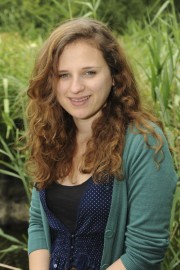
Jess Price
© Miles Davies, Sussex Wildlife Trust
Colin Gibbs, presently Social Media manager, will succeed Jess as Hon Treasurer of the Branch.
The formal handover of these posts will take place during our Branch AGM in Burgess Hill on 17 November.
Tim Squire as Branch Secretary, I’m delighted that there is such a strong and experienced team to lead the continued success of the Branch.
Nigel Symington
Elms for Adur Hairstreaks - Project Volunteering
Tuesday 09 October
Following the Elms for Adur Hairstreaks project article, produced in our latest branch Autumn Newsletter (which you can download here), please do get involved in the exciting volunteering opportunities the project has to offer, helping to conserve the White-letter Hairstreak through habitat creation and connectivity.
Join the volunteer contact list, by emailing: storm_of_elements@hotmail.com
This will allow us to contact you directly with details of upcoming Elms for Adur Hairstreaks project activities and allow us to set out volunteer conservation work parties based on the number of people who show interest.
Follow the latest Elms for Adur Hairstreaks project news on social media: #TeamE4AH
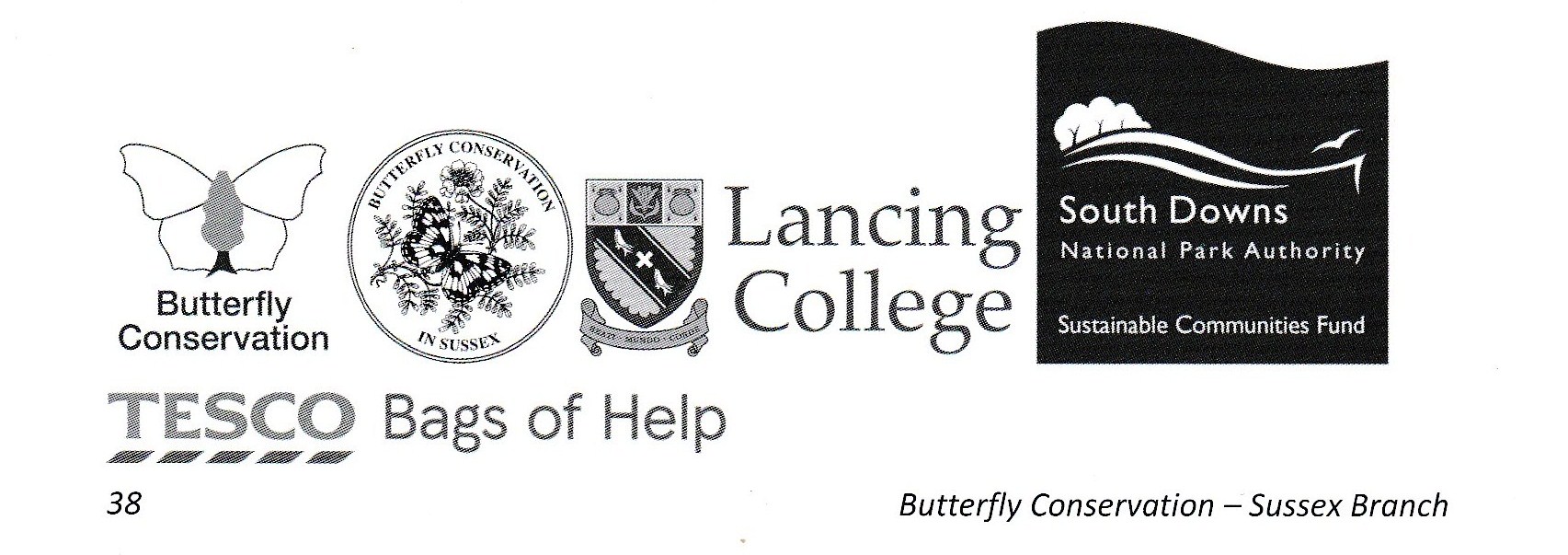
Jamie Burston
Team Grayling Update: Send in the cavalry
Monday 08 October
In all 24 people took part in Grayling monitoring this season, meaning that we probably have better records in 2018 than for any other year. The results at Deep Dene indicate that Grayling numbers are worryingly low and possibly at their lowest point ever. The season was short because of the low numbers whilst the hot weather which meant that the few Grayling there were ran at full steam every day without respite until their batteries wore down. Cloudier conditions would have extended the season.
The unexpected good news is that a single male Grayling was spotted and photographed on Lullington heath in late August. Because it is the females of this species that tend to migrate, this leads to the tantalising notion that perhaps a vestigial colony of this elusive butterfly remains on Lullington Heath. What is clear is that in 2019 we will be looking to extend the Grayling monitoring onto Lullington Heath, with all the challenges that that entails.
The low numbers at Deep Dene mean that there are not enough butterflies to initiate a captive breeding programme in the near future. The way forward will be to concentrating on nursing Deep Dene back to being a better environment for Grayling.
Neil Hulme of BC Sussex has already met with the landowners, the National Park and Natural England, all of whom are highly supportive of the Grayling project. The immediate effect was the portioning of Deep Dene by electric fences and the introduction of ponies from Sussex Pony Grazing and Conservation Trust, to feed on the invasive tor grass.
Meanwhile the SDNP led by Tim Squire will be running a series of work parties on Deep Dene through the winter to carry out mattocking. We will be advertising these on our website.
BC Sussex have committed £10000 (largely from Atlas sales) to a joint bid with the National Trust in a project which will provide £70000 for a four-year Grayling recovery project. We should know if the bid is successful just before Christmas. If we are unsuccessful then we are determined to seek funding elsewhere or use the resources that we have available to protect the Grayling.
Looking forward Neil Hulme has identified a number of sites close to Deep Dene suitable for Graylings which we will hope to introduce them too in the next four years. Beyond 2023 he has identified many other sites in both East and West Sussex which have potential as Grayling habitat.
I would like to say thank you to all those who took part in Grayling monitoring this year. I would also like to thank the landowner, Duncan Ellis, Tim Squire of the South Downs National Park,The Sussex Pony Grazing and Conservation Trust and Neil Hulme for their rapid and purposeful efforts on behalf of the Grayling at Deep Dene.
Jonathan Crawford
Forestry work at Rowland Wood in late October
Thursday 04 October

In order to comply with our obligations under our Countryside Stewardship management agreement, heavy machinery will be operating in Rowland Wood on 18, 19 and 20 October. They will be mowing rides to ensure that the vegetation is in optimum condition for breeding butterflies, especially fritillaries.
For safety reasons, the wood will be closed to the public on those days.
The public footpath which runs North-South through the reserve will be unaffected by this notice.
Nigel Symington
Saving the Butterflies of Sussex - return of the Small Pearl-bordered Fritillary
Thursday 14 Jun
Saving the Butterflies of Sussex - return of the Small Pearl-bordered Fritillary from justin Ingham on Vimeo.
We've been so pleased to see the successful reintroduction of the Small Pearl-bordered Fritillary butterfly at our Park Corner Heath and Rowland Wood reserves as part of the Fritillaries for the Future project. The numbers seen a year on from the reintroduction are very promising and we've already seen lots of egg-laying females this year. To mark this moment, we've put together a behind-the-scenes video telling the story of the conservation work behind this success.
It's thanks to a huge number of dedicated volunteers, that we are all now able to enjoy the sight of Small Pearls back in the south east of England. Of course, we now need to make sure that all this hard work pays off in the long term, and the key to this will be the continuing woodland management and fundraising efforts of our volunteers for years to come.
Colin Gibbs
Black Hairstreak discovered in Sussex
Monday 11 June
A large, introduced, but naturalised population of Black Hairstreak has been discovered in Sussex
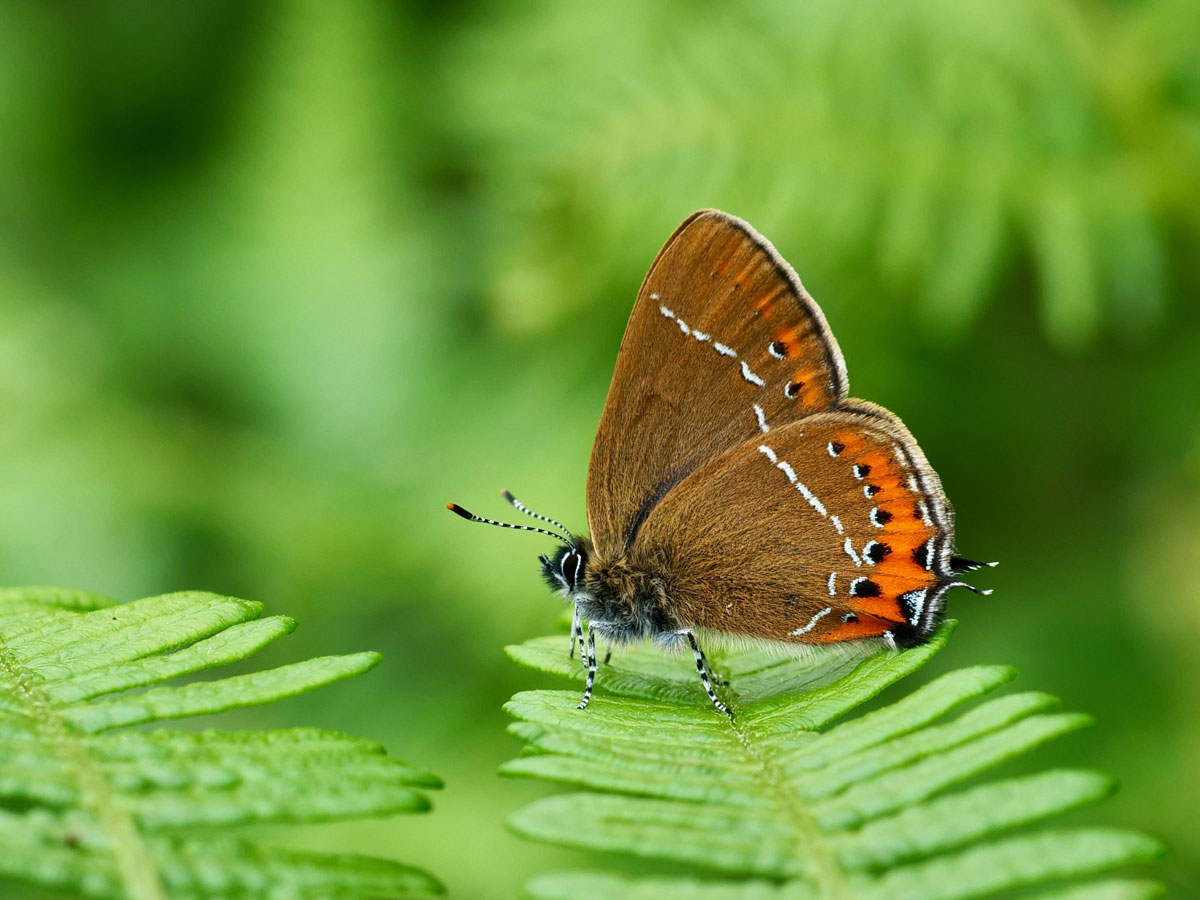
David Cook
David Cook has discovered a large population of Black Hairstreak in Sussex, at the Ditchling Common Country Park. This species has never occurred naturally in Sussex, being restricted to the clays running between Oxford and Peterborough, but a very large group of colonies developed in Surrey during the second half of the 20th century, following a 1952 introduction (much of the habitat was ultimately destroyed).
Following the sighting of three elderly, late season specimens last summer, a survey has been underway this June to determine the significance of these sightings and the status of the species locally. The presence of a large population (maximum day counts up to 98) has now been confirmed, extending over at least 1.3km of suitable habitat at Ditchling. The species may have spread to other areas within this landscape.
The history of the Surrey introduction indicates that the spread of even large, healthy populations may be a very slow process, moving at only c.1km per decade (Thomas & Lewington 2014). The size and spread of the Ditchling population suggest that it was established long ago.
It is entirely feasible that this species has remained undetected for this long while, due to its very small size and unobtrusive appearance, elusive habits, short flight season and the typical pattern of boom-and-bust which renders it almost invisible in some years, even on the best sites. This year the species has appeared in unprecedented numbers across its natural homeland, probably reflecting the advantageous conditions for larval and pupal development through May.
The male butterflies are using English Oak as 'Master Trees' and both sexes descend to sit on Bracken, both to sunbathe and feed on honeydew. Although the condition of the males deteriorates rapidly, many females (slightly larger and more orange-brown on the underside) are still hatching and a patient search should reveal these.
The best area to observe the species is the corridor of Blackthorn centred on TQ33441813, but the butterfly can be found on almost every suitable stand of the plant within the country park.
Congratulations to David on making such a momentous discovery. We are pleased to announce that Sussex has a new resident species; the Black Hairstreak is here to stay.
Notes:
The Black Hairstreak is protected under Schedule 5 of the Wildlife and Countryside Act 1981 (for sale only).
Ditchling Common is a Site of Special Scientific Interest (SSSI), notified as such in 1986; it is illegal to introduce species to a SSSI (once designated as such) and illegal to collect on a SSSI without consent from Natural England.
It is highly recommended that releases of all-but-common species (back to the site from which early life cycle stages may have been collected for educational purposes or scientific study) conform to the 'BC Code on Introductions and Re-introductions 2010'.
Please report any sightings of this species away from the confines of the Ditchling Common CP.
Neil Hulme
Fritillaries for the Future Update: RSPB visit & Small Pearl-bordered Fritillary reintroduction to the BC Park Corner Heath & Rowland Wood reserves
Monday 4 June
Yesterday (3 June) I spent the entire day on the BC Park Corner Heath & Rowland Wood reserves, observing Small Pearl-bordered Fritillary (SPBF) behaviour. It pays to make an early start in hot weather, as particularly the males become far more elusive once conditions become too warm for them, and they go into hiding.
I had already surveyed part of Rowland Wood and most of Park Corner Heath before Nigel Symington and I welcomed a visiting group of 20 RSPB staff and volunteers at 11.00am. We had a fantastic few hours touring the reserves, seeing plenty of SPBF (including many females nectaring on Bramble blossom), along with numerous other species, many of which are doing well. We were also fortunate enough to find a very showy Cream-spot Tiger moth.
This season I have seen evidence to suggest that predation rates of both Pearls and Small Pearls by large dragonflies are probably higher than I envisaged; the Emperor dragonfly is unsurprisingly the most effective killer. During our walk one of the participants found the corpse of a male SPBF which bears all the hallmarks of an Emperor strike. Small Pearls and dragonflies share the same damp woodland habitats, so any SPBF population must be able to absorb these losses as part of its day-to-day existence. We also know that the Crab Spider takes a significant number.
The RSPB contingent was very supportive in helping accumulate a total count of SPBF which will fleece their Director of England, Chris Corrigan, of a £10 bet (donation to either RSPB or BC Sussex), dependent upon the success of the SPBF reintroduction (threshold 30). By the time I left at 7.30pm I had logged the positions (see map and stats) of 44 individuals (28m, 15f, 1 undiff.). Chris was unavailable for comment and an anonymous source close to Chris denied that the long-extinct Lewes Wave moth had been seen exiting his wallet (I know that Chris will be delighted to have been mugged in this manner).
It is quite clear that SPBF is distributed across almost the entirety of the reserves, apart from those areas where it will take another year before recent heavy forestry work heals over. There will be additional SPBF breeding habitat in abundance in the future. I was particularly encouraged to find four newly hatched females and a male nectaring in little more than a metre square of Bramble blossom at 10.00am, within the rarely searched area I refer to as the 'Birch Meadow' (Area 3).
Many observers have already noted that all the fritillaries look fresh, each time they return for another visit. I'm getting the impression that individual lifespan is quite short and that the turnover rate is high, due to both the generally warm weather and high predation. It is early days still, but things could not look better here.
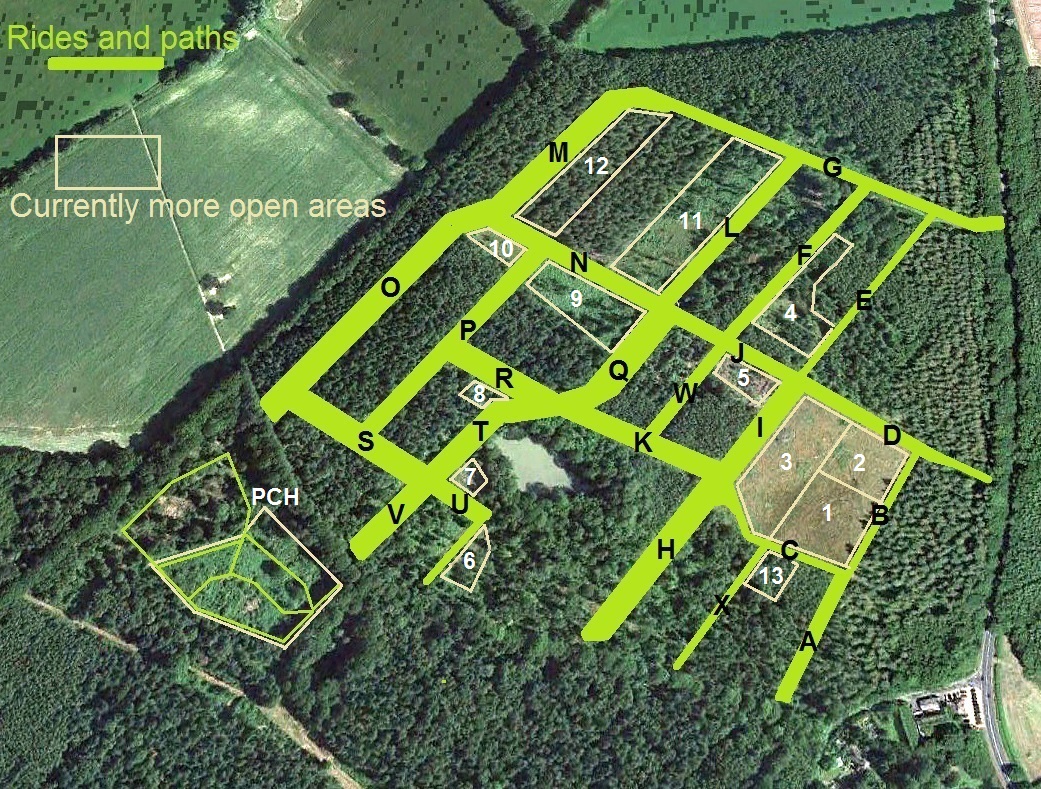
Fig.1 Aerial view of Rowland Wood and Park Corner Heath
Statistics
|
|
Neil Hulme
Situations vacant: Sussex Branch Chair
Wednesday 31 May
Nigel Symington has been elected to take on the role of Hon Treasurer of Butterfly Conservation nationally when David Hanson steps down in July. Unfortunately the time demands of this role are such that he will reluctantly have to stand down as Branch Chair. We are therefore seeking a successor who can take over no later than the AGM in November.
The role is one of coordinating and leading the branch, which is in the fortunate position of having a strong committee, a supportive Regional Officer and a sound financial position. Detailed knowledge of butterflies, or even of Butterfly Conservation, is not necessary, so long as you have a passion for wildlife and an ability to get on with people. There will be the opportunity of a handover from the outgoing Chair to learn about the Branch, and a Chair's induction meeting in Lulworth to learn about the Charity.
The Branch holds three committee meetings during the year, and the AGM.
This will be a rewarding role for anyone who wishes to learn more about butterflies and moths, and about conservation work in general across the county.
If you're interested to learn more, please contact Nigel Symington nigel.symington@gmail.com
Michael Blencowe
BC Sussex reserves get a make over
Monday 29 May
On Saturday, BC's Senior Reserves Officer Jayne Chapman was joined by our contractor Ian Hampshire and Rowland Wood reserve manager Bob Foreman to put up a new gate onto the A22 and new signs by the public footpath. The A22 gate is not intended to be a normal entrance to the reserve, but is for any contractor machinery that we need to bring on: please don't use it for regular visits because the access on to the main road is blind and dangerous.
The signs by the public footpath now indicate that this is a Butterfly Conservation reserve – we have been very anonymous over the past years. Permanent boards indicate the main species to be found, while a wooden board contains a number of 'snap frames' which will allow us to post seasonal notices, pointing out any features of the reserve which may be relevant at the time. Together with the restoration of the hut, which has been undertaken by volunteers Andrea Gibbs and family, Gary Norman, Jonathan Crawford, Mike Mullis, Bekkie Thomson, Michael and Clare Blencowe and Nigel Symington after Neil Hulme had cleared the area round about, this now gives a much more positive impression of the care and attention with which the reserve is managed.
Nigel Symington
Fritillaries for the Future Update
Saturday 12 May
I would like, once again, to thank our fritillaries captive-breeding team of Theresa Turner, Gary Norman and Mike Mullis, whose efforts over the last few years are now really paying off. Although the funded period of the project finished on 31 March 2018, the work is being continued by BC Sussex Branch and I've taken the summer off to ensure that I can give it my full attention. Several reintroductions of the Pearl-bordered Fritillary (PBF) are currently underway, conducted in accordance with the 'BC Code on Introductions and Reintroductions 2010' and with all the necessary permissions.
I won't be too specific while the programme is underway, so as to give the butterflies the best chance of getting on with the job unhindered. However, the news is good, and many PBF have been released into high quality habitat in the recent good weather. It's been very encouraging to see so many females being immediately paired by free-flying males from earlier releases; on one day last week I watched this happen twelve times! There is still much more to do, but I'm filled with optimism. My thanks go to all who have supported the project in any manner.
Neil Hulme
The Adur Valley Transect Group is Recruiting
Thursday 15 February

The Adur Valley Transect Group currently consists of four volunteers who have agreed to share two transects at Mill Hill and Anchor Bottom in the Adur valley. Each member of the group has agreed to walk at least two transects a month between April and September. Because the sites are so close together it is possible to walk two transects on the same day.
We would like to recruit two new members to the group so that we can open up a new transect at Lancing Ring LNR.
The transect data collected will be used to monitor the habitat of these sites and assist in their management
You do not need to be an expert to take part as training will be provided. This is a great opportunity to get involved in conservation work.
For more information about the sites and what is involved send us an email.
Ed jnr
Obituary: Major Reginald Allan Chenevix Trench - 1/9/1920 to 25/1/2018
Friday 2 February
Although greatly saddened by the news that Major Reg Trench passed away peacefully on 25 January, this is surpassed by the gratitude and honour
I feel at having known him for many years. Reg was, quite simply, a remarkable man.
Despite reaching the age of 97, Reg never seemed to grow old, at least not while out watching his beloved butterflies. Even after deciding that
he should no longer attend our guided walks, for fear of slowing the party down (although he could still hop over stiles and gates as he
approached 90), we spent plenty more happy days together watching some of his favourite species, including Duke of Burgundy,
Pearl-bordered Fritillary and Purple Emperor. While pursuing these he became as enthusiastic and animated as an excited schoolboy.
In recent years, despite occasional periods of poorer health, he was back out on the Downs whenever possible, sometimes disobeying orders and heading
off on long route marches. I'll never forget the afternoon spent watching Adonis Blues on the steep slopes of Steyning Rifle Range;
as he called my name I turned to see Reg, immaculately dressed as always, in the valley below; "what have you got up there?" He was beside me in a shot,
over rabbit holes and through thick scrub, but this would have been no problem for a man who led his platoon of Royal Engineers across Sword Beach on D-Day in 1944.
Reg's joie de vivre was infectious and he lived his life the way life should be led. I've lost count of the times I've told people
that "I want to be like Reg when I reach his age". He will always be an inspiration to me, as I'm certain he will be to a great many others.
Reg was a member of Butterfly Conservation Sussex Branch from the start and he kindly gave me his early issues, dating back to February 1984.
From his hand-written notes it is clear that he enjoyed watching the Duke of Burgundy at Kithurst Hill, near his Amberley home,
for at least 35 years; he was delighted when the species reappeared there in 1994, after a period of absence. I would receive a phone call in the spring of
most years; "how is the Duke of Burgundy Fritillary doing?”, but our chats would always last much longer than a discussion of this species alone.
I would like to extend my deepest sympathies, and those of all at Butterfly Conservation, to his wife, Sophie, who accompanied
him on many butterfly outings, his children, Ivo, Angus, Kate and Jessica, and to all of his extended family.
The funeral will take place at St Michael's, Amberley, at midday on Thursday 8 February. Donations will be made to Butterfly
Conservation. Enquiries: H D Tribe, Storrington 01903 742585
Neil Hulme
Dan Hoare to run 2018 London marathon for Butterfly Conservation
Wednesday 24 Janauary
Butterfly Conservation's Head of England Regions, Dan Hoare, is braving the challenge of the London Marathon in April to
raise funds to protect butterflies and moths. Not only will he be taking on the gruelling 26.2 mile course but to add more of
a challenge he will also be doing it in costume. The more money he raises the more extreme the costume will be!
If he reaches £1,000 he will run the marathon with antenna, help him get to £3,000 and he will run with butterfly wings
and if you help him reach his final target of £6,000 he will run as the full lifecycle, complete with costume changes on route!
To find out more and sponsor him visit https://uk.virginmoneygiving.com/DanHoare
Ed jnr



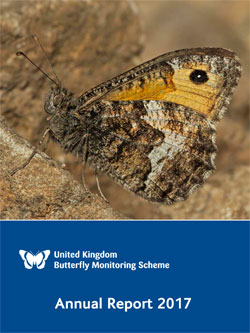
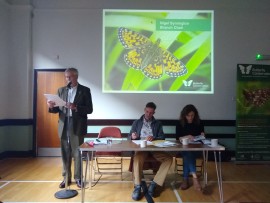
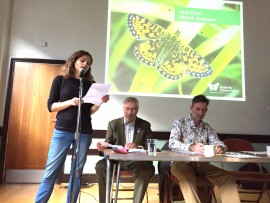

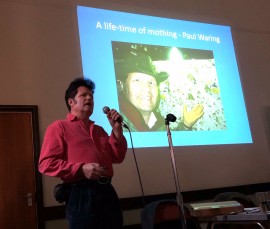
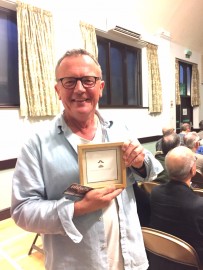
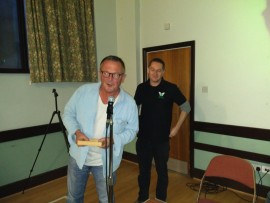
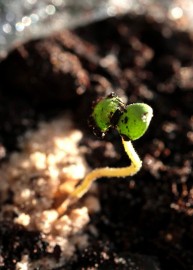
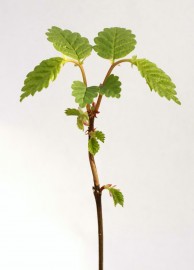
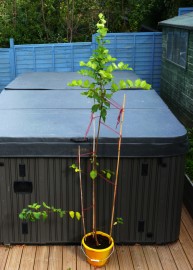
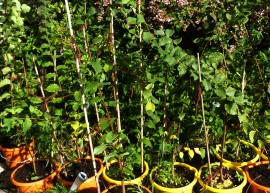
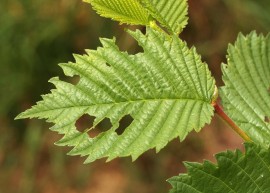
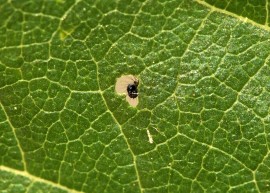

---copy---copy-5813974118.jpg)
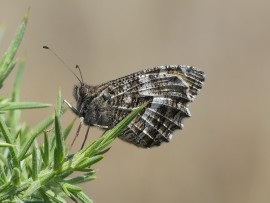
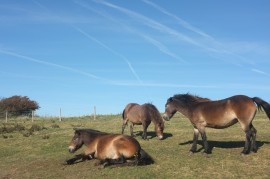
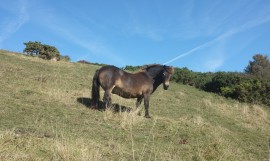
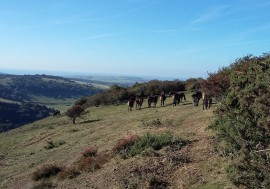
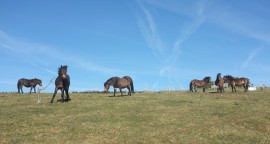
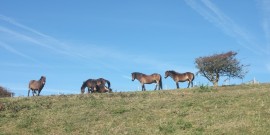
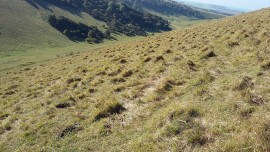
,-sussex-7.6.18-1627417677.jpg)
,-sussex-9.6.18-4678251147.jpg)
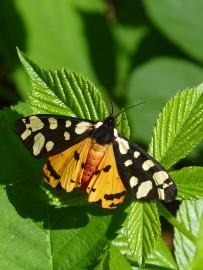
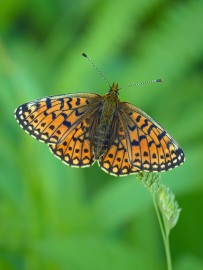
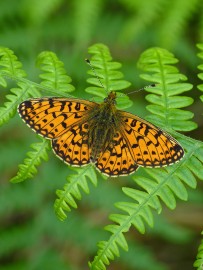
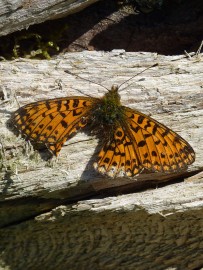
-rowland-wood-3.6.18-(nigel-symington)-464258263.jpg)
-rowland-wood-3.6.18-(nigel-symington)-3156875846.jpg)
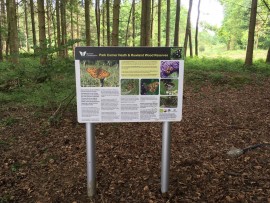
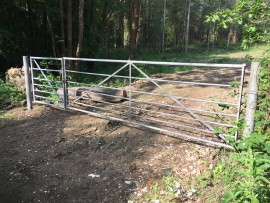
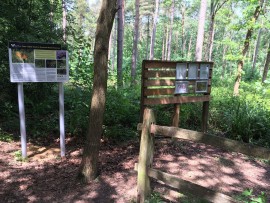
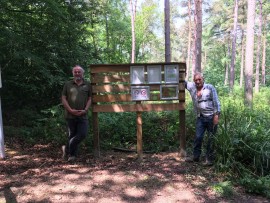
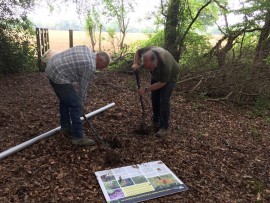
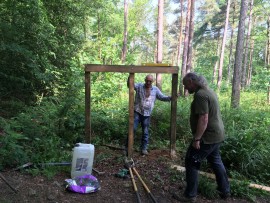
-south-downs-9.5.18-2116507082.jpg)
-south-downs-9.5.18-8216004334.jpg)
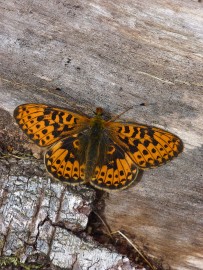
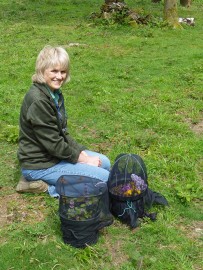
-with-reg-and-sophie-watching-pbf-in-2013-817919820.jpg)
